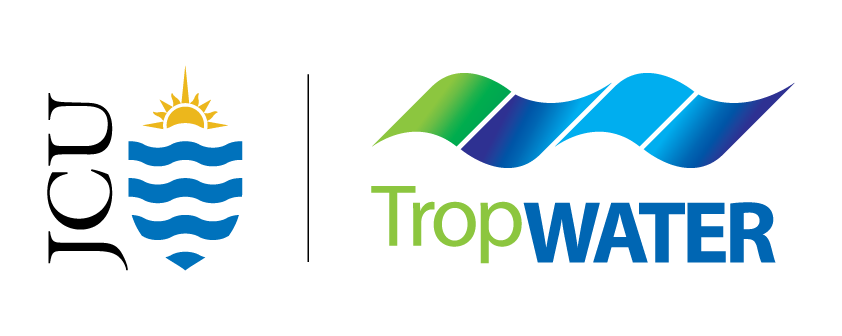Student work experience: My week with the Marine Megafauna team
- emmarehn5
- Nov 24
- 4 min read
The sun was gradually rising in shades of warm golds and vibrant oranges, casting a soft ethereal glow onto the water. While lost in the ocean's serene beauty, I noticed a dark shape moving in the water and coming to the surface. This was the moment I saw a dugong for the first time, on a boat at Cleveland Bay with researchers from JCU TropWATER.
My name is Alessa. I am a Year 10 student attending St Catherine's Catholic College in Proserpine, Whitsundays. I was given the opportunity to complete my work experience with the Marine Megafauna team at James Cook University’s TropWATER, who are leaders in dugong research.
Throughout the week, I was introduced to a wonderful and inspiring team and participated in a wide range of activities related to marine science and science communication – two fields which reflect my love for the ocean, writing, and the environment.
In this blog, I would love to share a glimpse of my experiences from this unforgettable week.
A 5am start to find dugongs with Sarah and Luisa
Imagine waking up at 5am, 300 km from home, to embark on what would become an unforgettable boat trip to Cleveland Bay. I joined Dr Melanie Hamel, PhD student Sarah Landeo, and research assistant Luisa Schramm – in hope to encounter the majestic ‘sea cow’.
For the very first time in my life, I watched dugongs swim in the ocean. I was astounded. Amazed. Speechless. Not only did I get to observe a dugong so close to the boat, but I got to see a mamma dugong and her baby calf. I was taken by surprise by how cute and graceful dugongs are – given they weigh more than 450kg.
Dugongs are far heavier and far more elusive than they seem. They are the only marine mammal that is herbivorous – feeding almost entirely on seagrass. Dugongs can spend more than 15 hours a day feeding on hidden seagrass meadows, only surfacing occasionally for a breath. Because of this, they can be challenging to find.
On the boat, while preparing the gear, Sarah explained how drone aerial surveys can detect dugongs in small areas. By flying the drone over Cleveland Bay, she was able to detect the dugongs and capture pictures while they surfaced for breath – assessing their health and overall condition. My job was to help record the data, such as the take-off and landing time of the drone, environmental factors such as water visibility, and observations on the dugong behaviour and physical condition. I even got to launch the drone a couple of times, using gloves to protect my hands from the churning propellers.
The team taught me a lot about dugongs. Did you know that when dugongs feed, they create something known as a sediment plume? As dugongs pull seagrass from the seabed, sediments rise to the surface and create a cloudy patch that can indicate to scientists that there was, or may still be, a dugong feeding in the area. Dugongs also have tusks. These tusks are located from the top of their skull to their mouth but are only visible in mature males and extremely old females.
Getting personal with turtles
In the morning, I met with Dr Emily Webster to discuss her research on tracking turtles and dugongs. This project is working with Traditional Owners to understand where green turtles travel in the Whitsundays, and how the environment influences these behaviours.
Turtle trackers are used by scientists to record the migration and behaviour of turtles over long distances. When the turtle surfaces for a breath, the tracker emits signals which are recorded by a satellite and downloaded for analysis.
Today, it was my job to paint these trackers with a layer of an anti-fouling paint. This is to avoid unwanted growth of marine organisms that may interfere with the device’s performance. The trackers are then attached to the turtles with a strong, cement-like adhesive to prevent them from detaching during the tracking period.
In the afternoon, I went to JCU’s Turtle Health Research facility, Caraplace. Here, I was shown how 13 loggerhead turtles are cared for each day – including the most enjoyable task: feeding the turtles. I was quick to learn that they all had their own separate personalities – my favourite being three-year-old Turbo. His confident and playful nature set him apart from the other turtles.
Until getting up close with the turtles that day, I never realised their striking resemblance to dinosaurs. Everything from their beaks to the intricate patterns on their shells harboured similarities to these prehistoric creatures.
This week at TropWATER has not only strengthened my passion for marine science but has also opened my eyes to the diverse roles, responsibilities, and people that make up this incredible field. From feeding loggerhead turtles to watching a dugong glide gracefully through the water, every moment has left a lasting impact. I’m walking away with new knowledge, unforgettable memories, and an even greater determination to protect our oceans.















